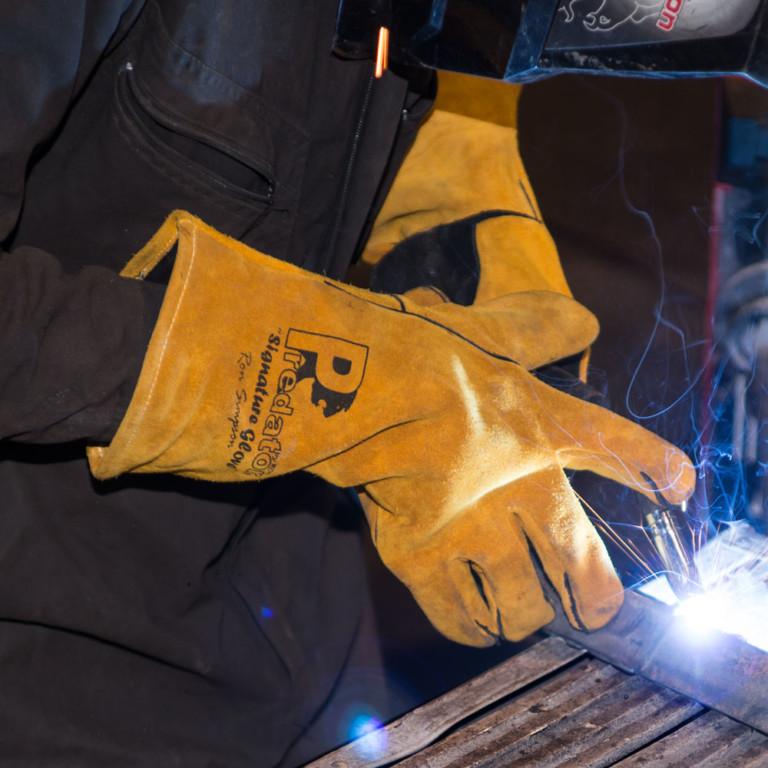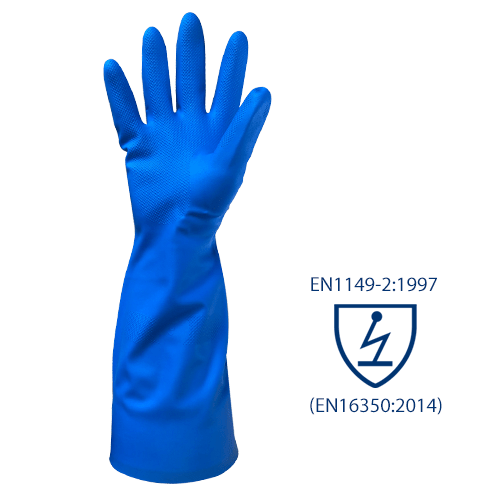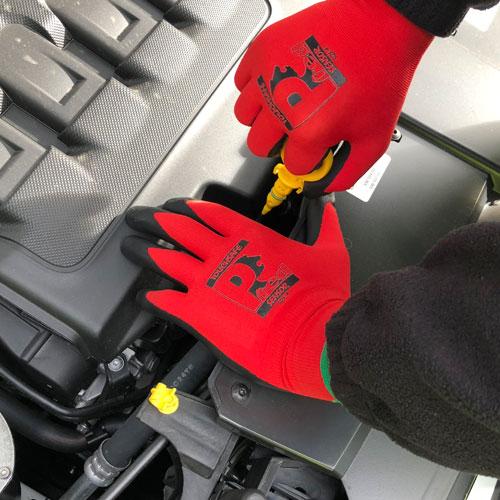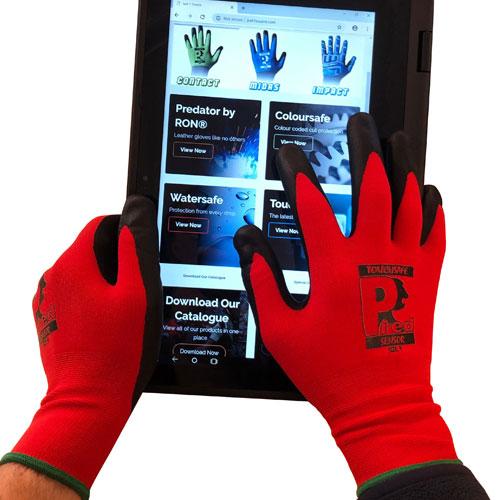Glove Standards & State of the Art Standards
Work gloves are designed to protect against different hazards inside and outside of the workplace, and must adhere to glove standards. To ensure that gloves are fit-for-purpose, they undergo various tests, based on the intended use for the product (i.e. gloves being used where cuts are a hazard will need to be tested for cut resistance).
As technology advances and processes change, the risks presented change also. For this reason and to ensure that testing is always up-to-date and relevant, the safety standards are regularly reviewed and updated, with the latest revisions referred to as ‘State of the Art Standards’.
Below is a breakdown of the state-of-the-art standards which are commonly performed on our products:
EN ISO 21420:2020
EN ISO 21420:2020 is the latest revision of EN420: Protective Gloves – General Requirements and Test Methods. This standard supersedes EN420:2003+A1:2009.
The key elements required under this standard are glove design and construction; chemical innocuousness; comfort (sizing) and efficiency (dexterity).
This standard does not assess the protective properties of gloves and should therefore be used alongside any relevant standards, which evaluate mechanical, thermal or chemical protection.
BS EN 388:2016+A1:2018
BS EN388:2016+A1:2018 is the latest edition of EN388: Protection Against Mechanical Hazards – a standard that must be performed on CAT II and CAT III gloves. This revision saw the addition of ISO13997 (Straight Blade Cut Resistance) and Impact Protection testing, when applicable, as well as changing testing methods in other areas, such as Abrasion.
BS EN 407:2020
BS EN407:2020 is the latest edition of EN407: Protection Against Thermal Risks (heat and/or fire) – a standard that is used for gloves such as welding gauntlets and other gloves designed for use with or around heat. This standard supersedes EN407:2004.
The latest revision (yet to be harmonised) has seen a few slight changes in testing. Testing for tear has been introduced along with sizing requirements for gloves claiming to protect against small and large molten splash.
In addition, the test for Limited Flame Spread has also changed slightly to give a more accurate result against after-flame and after-glow with performance levels still measured in levels 1 – 4.
An additional pictogram has been introduced to label a product that is NOT claiming limited flame spread, such as domestic products claiming contact heat, such as oven gloves, or any product claiming only contact heat protection (shown to the left).
Glove Standards
When a glove is intended for welding operations the standard referred to is EN12477. This standard includes references to EN388; EN407 and EN21420. The current standard is EN12477:2001+A1:2005
EN 511:2006
EN 511:2006 Protective Gloves Against Cold: This standard is used to test any glove which claims protection against cold environments.
The standard consists of 3 tests:
- Convective Cold
- Contact Cold
- Water Permeability (Waterproof Gloves)
EN ISO 374-1:2016+A1:2018
EN ISO 374-1:2016+A1:2018 is the latest edition of EN374-1: Protection Against Chemicals and Micro-Organisms – a standard designed for CAT III gloves which specifies performance criteria for gloves protecting against chemicals.
Other parts of the EN374 test include but are not limited to:
- EN ISO 374-2:2019: Determination of resistance to penetration
- EN ISO 16523-1:2015+A1:2018: Determination of resistance to permeation by liquid chemicals
- EN ISO 374-4:2019: Determination of resistance to degradation
- EN ISO 374-5:2016: Terminology and performance requirements for micro-organism risks
For more information on any of the above, you can contact us via the below:
Call – 01653 617718
Email – sales@just1source.com








